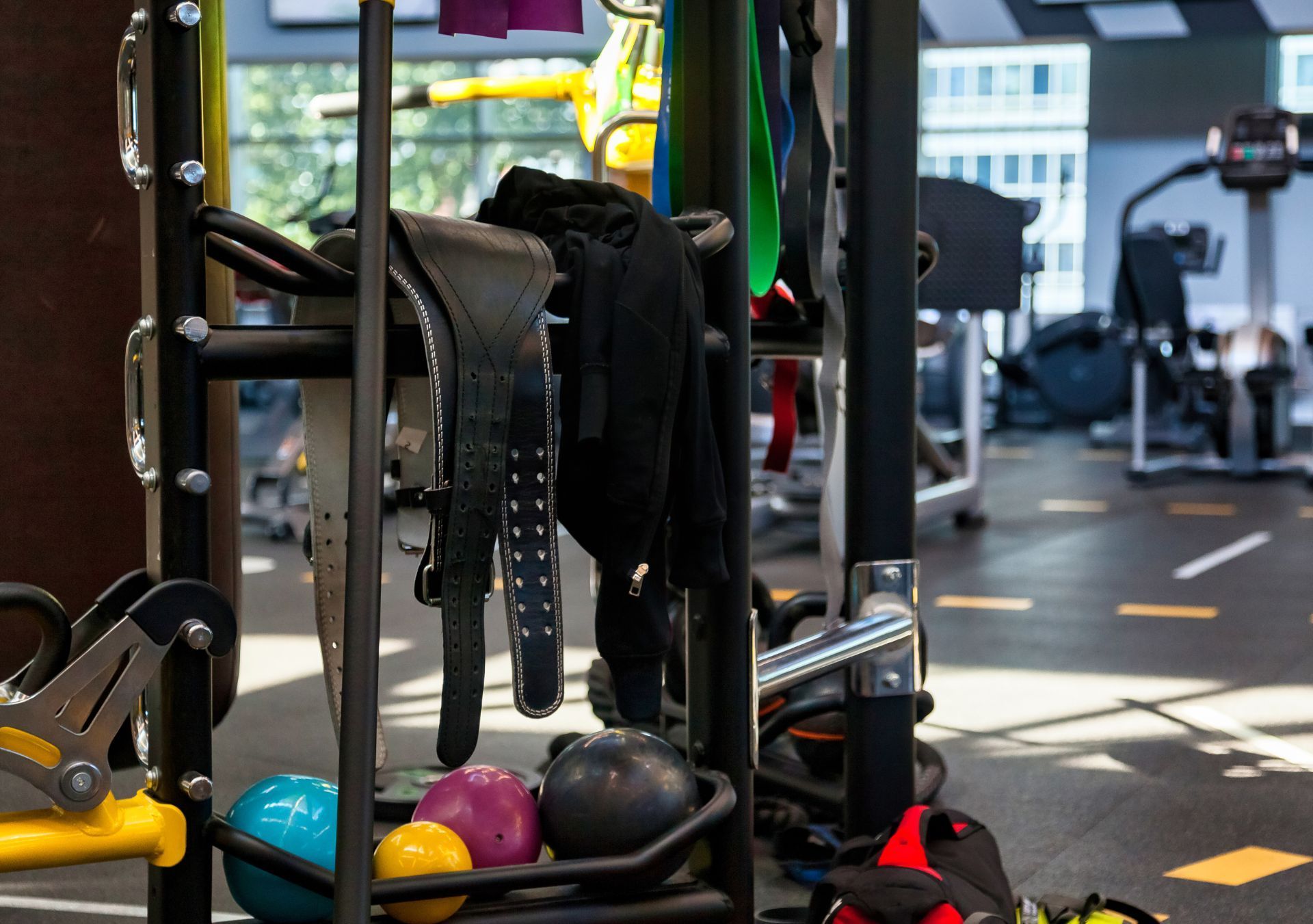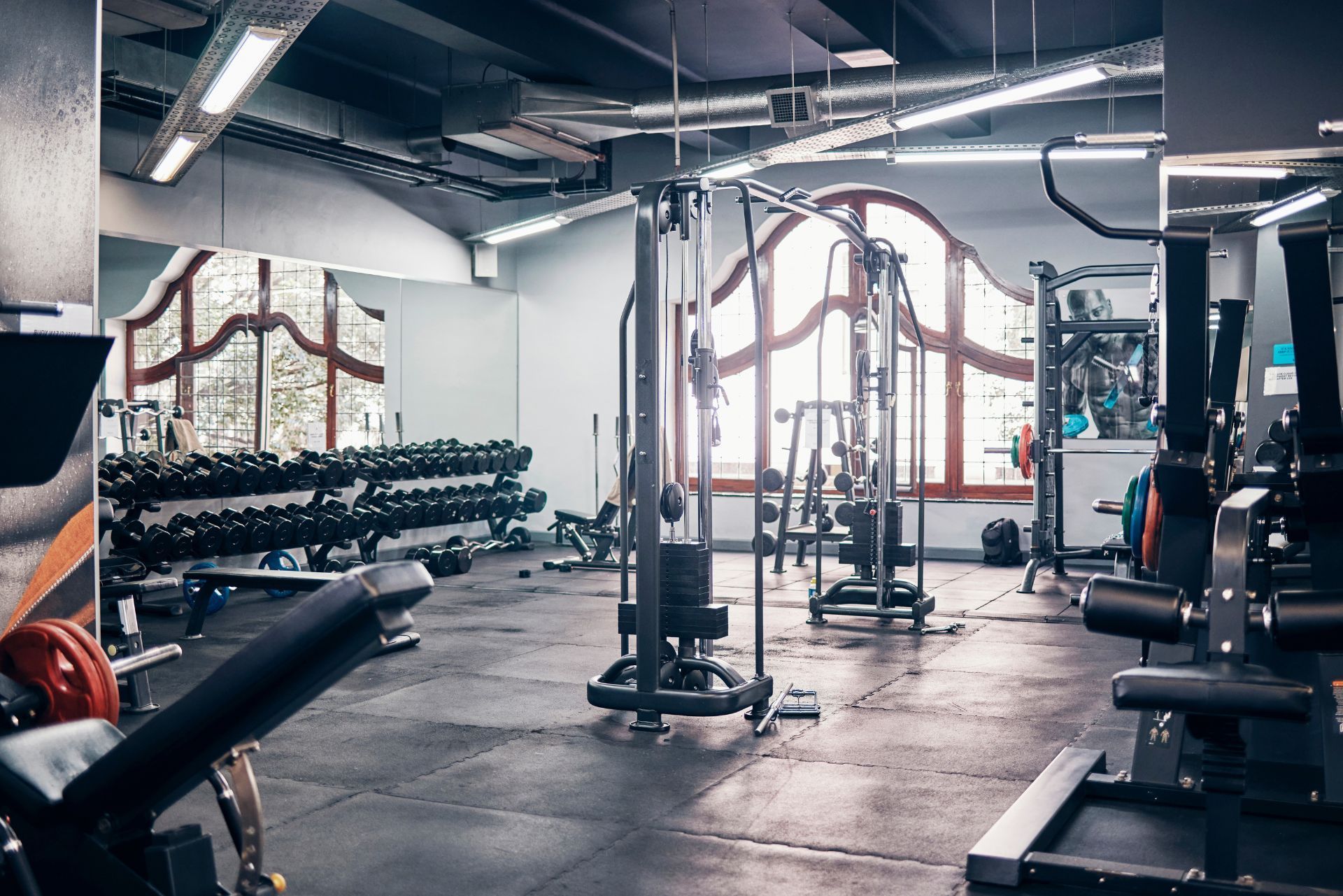
Most Common Business Policies
Index
Contact Us
Operating a gym in Arizona comes with its own set of challenges and responsibilities. One of the most critical aspects of running a fitness facility is ensuring that it is adequately insured. Gym insurance protects the business, its owners, employees, and clients from various risks. This article delves into everything you need to know about gym insurance in Arizona, including types of coverage, legal requirements, and tips for choosing the right policy.
Understanding Gym Insurance
Gym insurance is a specialized form of coverage designed to protect fitness facilities from various risks associated with their operations. It covers a range of incidents, from injuries sustained by clients to property damage. Understanding the specifics of gym insurance is crucial for gym owners to safeguard their investments and ensure compliance with state regulations. This type of insurance can also encompass additional coverages such as liability for personal trainers, coverage for group classes, and even protection against cyber threats, which are becoming increasingly relevant in today's digital age.
Why Is Gym Insurance Important?
The fitness industry is inherently risky. Injuries can occur during workouts, equipment can malfunction, and accidents can happen at any time. Without proper insurance, gym owners could face significant financial liabilities. Gym insurance not only protects against lawsuits but also provides peace of mind, allowing owners to focus on running their business effectively. Moreover, many clients expect gyms to have insurance coverage, as it reflects a commitment to safety and professionalism. This can enhance the gym's reputation and attract more members who prioritize their well-being.
Common Risks Faced by Gyms
Gyms face a variety of risks that can lead to financial loss. Some common risks include:
- Injuries to Clients: Slip and fall accidents, equipment-related injuries, and other incidents can result in lawsuits.
- Property Damage: Damage to the gym's physical assets, such as equipment or the building itself, can occur due to various factors, including natural disasters.
- Employee Injuries: Gym staff can also be injured while performing their duties, leading to potential workers' compensation claims.
In addition to these risks, gyms may also encounter issues related to theft or vandalism, which can further complicate their operations. For instance, if valuable equipment is stolen, not only does it incur replacement costs, but it can also disrupt services offered to clients, leading to potential loss of revenue. Furthermore, with the rise of boutique fitness studios and specialized training facilities, competition is fierce, and any disruption in service can have lasting effects on client retention and satisfaction. Therefore, having comprehensive gym insurance is not just a safeguard; it is a strategic business decision that can help ensure long-term success in a competitive market.

Types of Gym Insurance Coverage
There are several types of insurance coverage that gym owners should consider. Each type addresses specific risks and can be tailored to meet the unique needs of a fitness facility.
General Liability Insurance
General liability insurance is a fundamental coverage for any gym. It protects against claims of bodily injury, property damage, and personal injury. For example, if a client slips and falls while using gym equipment, general liability insurance can cover medical expenses and legal fees associated with the claim. Additionally, this coverage can also extend to incidents that occur outside the gym premises, such as injuries during a gym-sponsored event or a fitness class held in a public park, ensuring comprehensive protection for the gym's reputation and financial stability.
Professional Liability Insurance
Also known as errors and omissions insurance, professional liability insurance is essential for gyms that offer personal training or fitness classes. This coverage protects against claims of negligence, such as if a trainer's advice leads to a client's injury. It ensures that gym owners are protected from lawsuits stemming from professional services. Moreover, this type of insurance can also cover issues related to misrepresentation of services, such as a trainer claiming to have specific certifications or expertise that they do not possess, further safeguarding the gym's integrity and the trust of its clients.
Property Insurance
Property insurance covers the physical assets of the gym, including the building, equipment, and inventory. This type of insurance can protect against losses due to theft, fire, vandalism, or natural disasters. It is crucial for gym owners to assess the value of their property accurately to ensure they have sufficient coverage. In addition to standard coverage, gym owners might also consider adding
specialized endorsements for high-value equipment, such as advanced fitness machines or technology used for virtual classes, which can be costly to replace. Furthermore, having a business interruption clause can provide financial support in the event that the gym must temporarily close due to a covered incident, allowing owners to manage ongoing expenses while they recover from the loss.
Legal Requirements for Gym Insurance in Arizona
While Arizona does not have specific state laws mandating gym owners to carry insurance, it is highly advisable to have adequate coverage. Many landlords require tenants to have liability insurance as part of their lease agreements. Additionally, having insurance can protect gym owners from potential lawsuits and financial losses. The nature of fitness facilities inherently involves risks, such as injuries sustained during workouts or accidents involving equipment. Therefore, obtaining comprehensive insurance not only safeguards the business but also fosters a sense of trust and security among clients, enhancing their overall experience.
Workers' Compensation Insurance
If a gym has employees, Arizona law requires the business to carry workers' compensation insurance. This coverage provides benefits to employees who are injured on the job, including medical expenses and lost wages. It is essential for gym owners to comply with this legal requirement to avoid penalties. Furthermore, investing in workers' compensation insurance can also improve employee morale and retention, as staff members feel valued and protected in their work environment. In the competitive fitness industry, demonstrating a commitment to employee welfare can be a significant advantage in attracting top talent.
Business Licenses and Permits
In addition to insurance, gym owners must obtain the necessary licenses and permits to operate legally. This may include a business license, health permits, and zoning permits. Ensuring compliance with local regulations is crucial for the smooth operation of a gym. Moreover, staying informed about any changes in legislation or additional requirements is vital, as local governments may adjust regulations based on public health concerns or community needs. Engaging with local business associations or chambers of commerce can provide valuable resources and support for navigating the complexities of regulatory compliance, ultimately contributing to the long-term success of the gym.
Factors Affecting Gym Insurance Costs
The cost of gym insurance can vary significantly based on several factors. Understanding these factors can help gym owners make informed decisions when selecting their insurance policies.
Size and Type of Gym
The size of the gym and the services offered play a significant role in determining insurance costs. Larger gyms with more equipment and a higher number of clients typically face higher premiums. Additionally, gyms that offer specialized services, such as personal training or group classes, may incur additional costs due to the increased risk. For instance, a gym that provides high-intensity interval training (HIIT) classes may need to consider additional liability coverage due to the physical nature of the workouts, which can lead to a higher likelihood of injuries.
Moreover, the type of equipment available can also affect insurance rates. Facilities that feature advanced machinery or unique fitness tools may require specialized coverage. For example, gyms with rock climbing walls or swimming pools often need additional liability insurance to cover the risks associated with these activities, which can further elevate the overall cost of their insurance policies.
Location
The geographic location of the gym can also impact insurance costs. Areas with higher crime rates or a history of natural disasters may lead to increased premiums. Gym owners should consider the local environment and potential risks when evaluating insurance options. For instance, gyms located in urban areas might face higher theft rates, prompting insurers to raise premiums to account for the increased risk of property damage or loss.
Additionally, local regulations and building codes can influence insurance costs. Gyms situated in regions prone to earthquakes or floods may need to invest in additional coverage to protect against these specific risks. Understanding the local landscape and its potential hazards is crucial for gym owners to ensure they are adequately covered without overpaying for unnecessary policies.
Claims History
A gym's claims history can significantly influence insurance costs. If a gym has a history of frequent claims, insurers may view it as a higher risk, resulting in increased premiums. Conversely, a clean claims history can lead to lower insurance costs. Insurers often assess not only the number of claims but also the nature of those claims. For example, a gym that has faced multiple slip-and-fall incidents may be scrutinized more closely than one with claims related to equipment malfunction.
Furthermore, the way a gym handles claims can also impact future insurance costs. Establishing a proactive approach to risk management, such as implementing safety protocols and regular equipment maintenance, can demonstrate to insurers that the gym is committed to minimizing risks. This proactive stance can lead to better rates and terms when renewing insurance policies, as insurers may reward gyms that take steps to reduce their liability exposure.

Choosing the Right Gym Insurance Provider
Selecting the right insurance provider is crucial for gym owners. The right provider will not only offer comprehensive coverage but also provide excellent customer service and support. Here are some tips for choosing the right insurance provider.
Research and Compare Providers
Before making a decision, it is essential to research and compare multiple insurance providers. Look for companies that specialize in gym insurance and have a good reputation in the industry. Reading reviews and testimonials can provide valuable insights into the experiences of other gym owners. Additionally, consider reaching out to local gym networks or associations, as they often have recommendations based on collective experiences. Networking with fellow gym owners can also unveil insights into the claims process and how responsive different providers are when issues arise.
Assess Coverage Options
Different insurance providers offer various coverage options. Gym owners should carefully assess the policies available and ensure that they meet their specific needs. It is advisable to ask questions about coverage limits, exclusions, and any additional endorsements that may be necessary. For instance, coverage for equipment damage, liability for personal trainers, and protection against business interruption are critical aspects to consider. Furthermore, understanding the nuances of each policy can help gym owners avoid gaps in coverage that could leave them vulnerable in the event of an incident.
Seek Professional Advice
Consulting with an insurance broker or agent who specializes in gym insurance can be beneficial. These professionals can help navigate the complexities of insurance policies and provide personalized recommendations based on the unique needs of the gym. They can also assist in understanding the fine print of policies, which can often be confusing. Furthermore, a knowledgeable broker can help gym owners stay informed about industry trends and emerging risks, ensuring that their coverage evolves alongside their business. This proactive approach can be invaluable in maintaining a robust insurance strategy that adapts to changing circumstances.
Tips for Reducing Gym Insurance Costs
While gym insurance is a necessary expense, there are ways to reduce costs without compromising coverage. Here are some tips for gym owners looking to save on insurance premiums.
Implement Safety Measures
Taking proactive steps to enhance safety in the gym can lead to lower insurance premiums. This may include regular equipment maintenance, staff training on safety protocols, and implementing emergency procedures. Insurance providers often reward gyms that demonstrate a commitment to safety with reduced rates. Additionally, creating a culture of safety among staff and members can further mitigate risks. For instance, posting clear signage around the gym, conducting regular safety drills, and encouraging members to report any hazards can help in maintaining a safe environment.
Bundle Insurance Policies
Many insurance providers offer discounts for bundling multiple policies. Gym owners can save money by combining general liability, property, and professional liability insurance into a single package. This not only reduces costs but also simplifies the management of insurance policies. Furthermore, bundling can facilitate better communication with the insurer, as all policies are managed under one umbrella. Gym owners should also inquire about any additional coverage options that may be beneficial, such as coverage for special events or classes, which can often be included in a bundled package at a reduced rate.
Review Policies Annually
Insurance needs can change over time, so it is essential to review policies annually. Gym owners should assess whether their coverage is still adequate and if they are receiving the best rates. Shopping around and comparing quotes from different providers can lead to significant savings. During this review, gym owners should also consider changes in membership numbers, facility expansions, or new services offered, as these factors can influence insurance requirements. Engaging with an insurance broker who specializes in gym coverage can also provide valuable insights into potential savings and necessary adjustments to ensure comprehensive protection.
Common Misconceptions About Gym Insurance
There are several misconceptions surrounding gym insurance that can lead to confusion among gym owners. Understanding the truth behind these myths can help in making informed decisions.
“I Don’t Need Insurance If I Have a Waiver”
While waivers can provide some protection against liability claims, they do not eliminate the need for insurance. Waivers may not hold up in court, and having insurance is essential for covering legal fees and potential settlements.
“Insurance Is Too Expensive”
Many gym owners believe that insurance is prohibitively expensive. However, with careful research and consideration of coverage options, it is possible to find affordable policies that provide adequate protection. Investing in insurance is a small price to pay for the security it offers.
“All Insurance Policies Are the Same”
This is a common misconception that can lead to inadequate coverage. Not all insurance policies are created equal, and gym owners should carefully review the terms and conditions of each policy to ensure it meets their specific needs.
Conclusion
Gym insurance is a vital component of running a successful fitness facility in Arizona. By understanding the types of coverage available, legal requirements, and factors affecting costs, gym owners can make informed decisions to protect their businesses. Choosing the right insurance provider and implementing safety measures can further enhance protection and reduce costs. Ultimately, investing in comprehensive gym insurance is an essential step towards ensuring the longevity and success of a fitness facility.
